Copyright © 2025 Motivate Media Group. All rights reserved.
X Architects has designed three projects to revitalise Dubai’s Shindagha neighbourhood
The projects are part of a wider initiative to conserve and restore the historic area
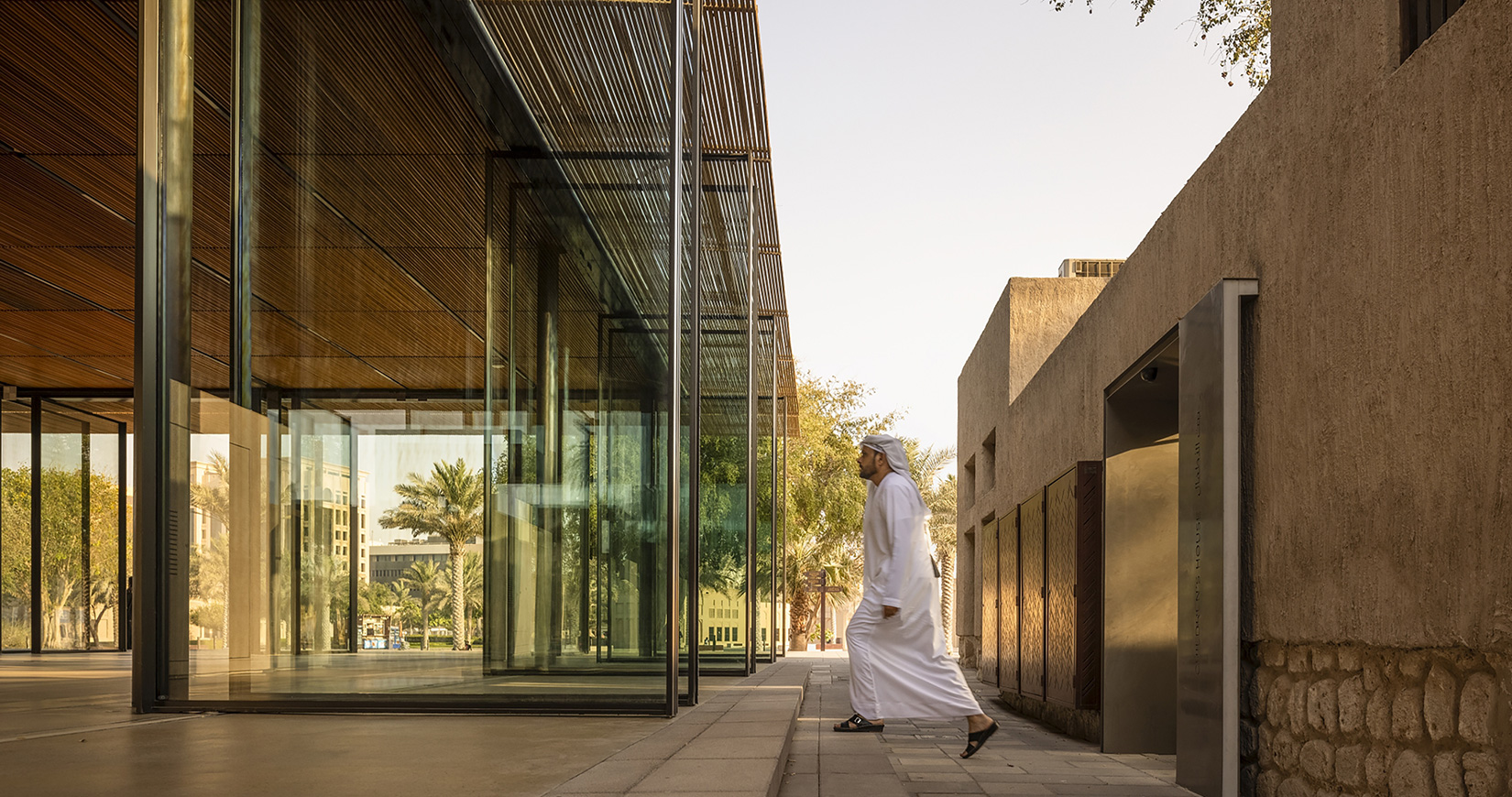
Set on the shore of Dubai Creek, Al Shindagha is bordered on the south by Bur Dubai and on the west by Port Rashid. It began its expansion when Sheikh Saeed Al Maktoum, the Ruler of Dubai from 1912 to 1958, settled in the area.
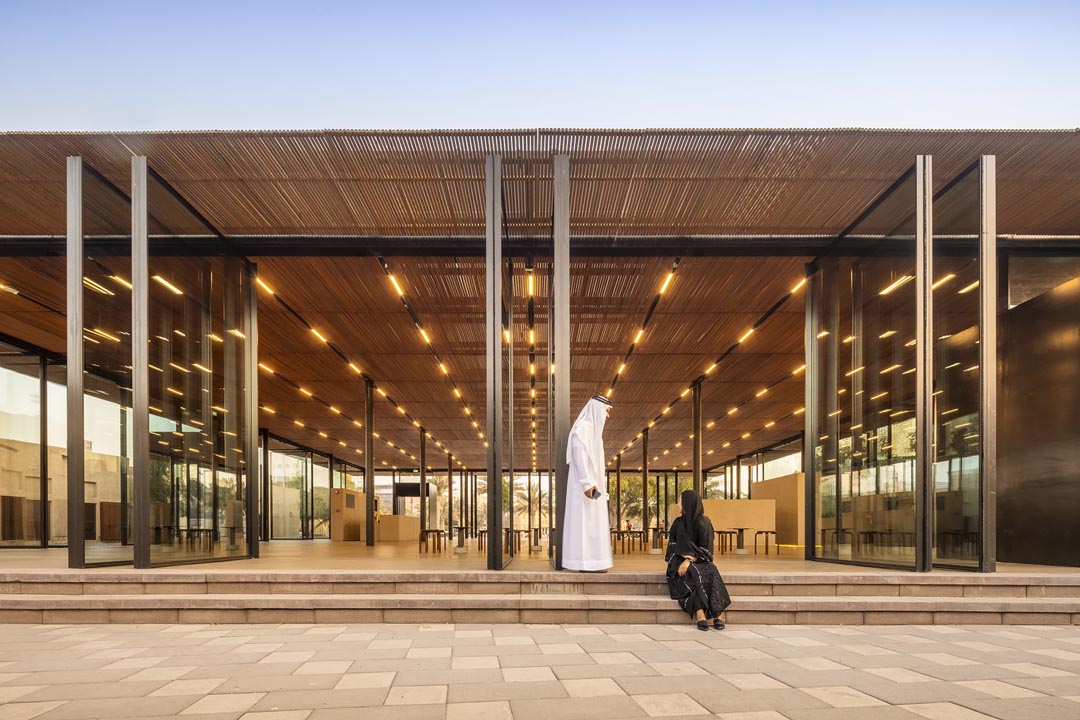
The neighbourhood is now part of Dubai’s Historic District, alongside Deira and Bur Dubai, and is currently undergoing major conservation and renovation works that will ultimately result in it becoming a prominent cultural destination.
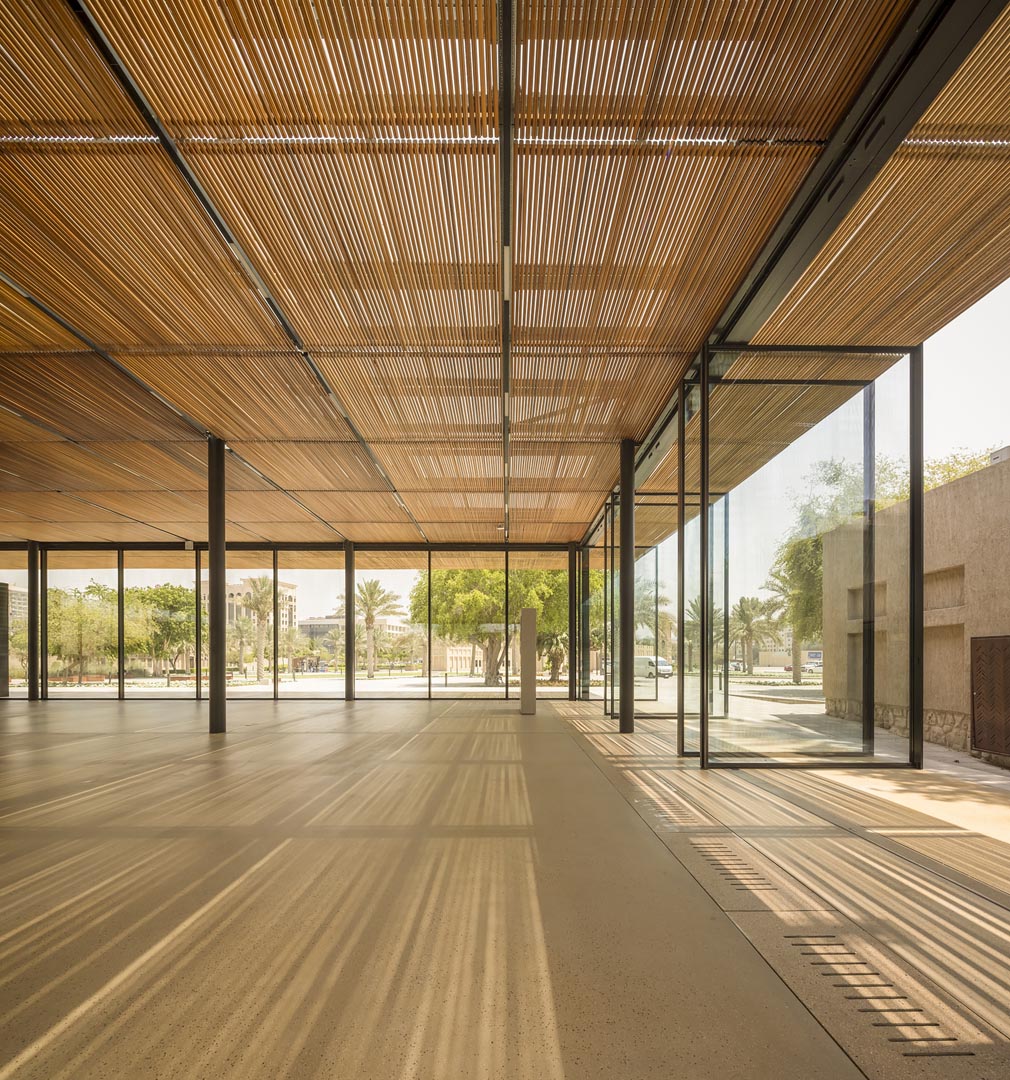
Part of this ambitious project are three newly completed cultural buildings designed by Dubai-based X Architects – the Shindagha Expo 2020 Welcome Pavilion, Story of the Creek Museum and the Perfume House – comprising both newly built structures and renovated buildings.

The architects studied the heritage and context of Al Shindagha to inform their designs, which looked to revive and restore the area’s identity while allowing for contemporary interventions. Due to Al Shindagha’s layered history, the architects focused on creating buildings that embody a coherent synthesis between the old and new, while studying its distinct materiality and textures such as the Areesh (palm leaf) and teak wood, which played a vital role in the building of wooden dhows that were present in the area. Traditionally, the district’s urban fabric expressed a balanced fusion of natural and man-made elements, which the architects aimed to maintain within the projects.
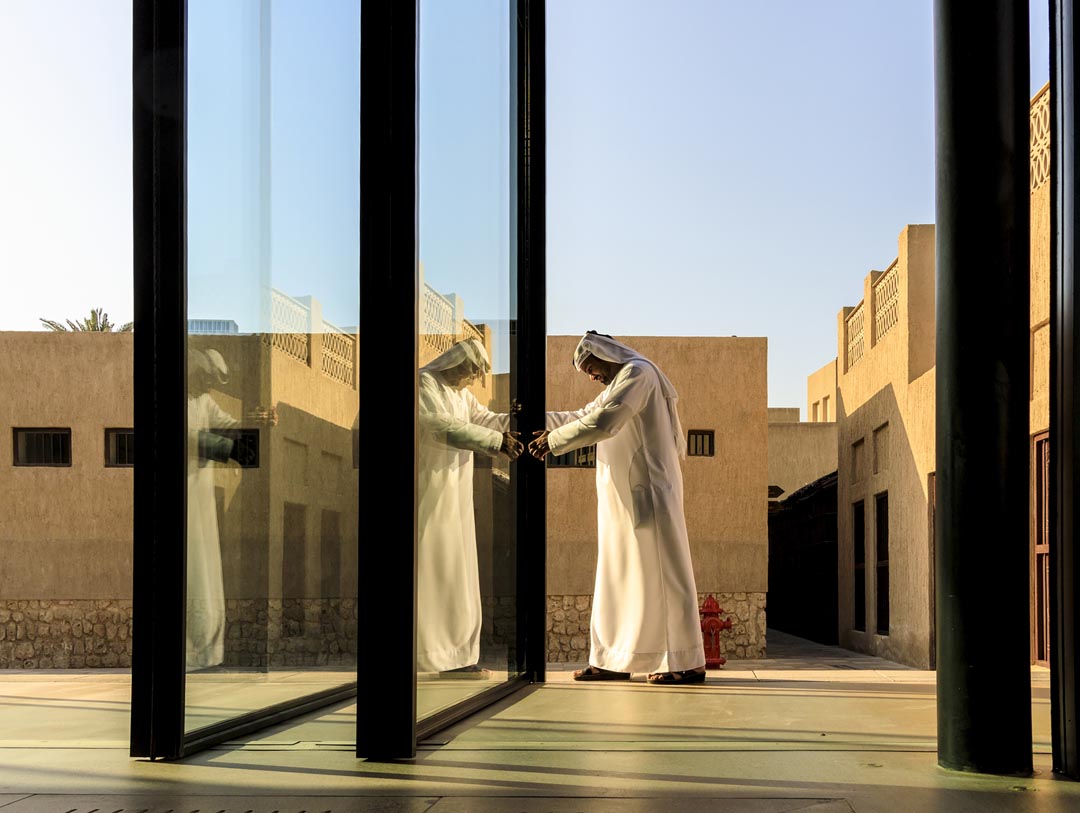
“To create a harmonious integration between the old and new we had to study the context and history of the place and maintain elements such as the ceiling materiality, textured wall finishes and wooden doors,” the architects explain. “We tried to bring in natural light and, [in the Museum and Perfume House,] provide innovative ceiling designs inspired by Arabic patterns and geometries.”
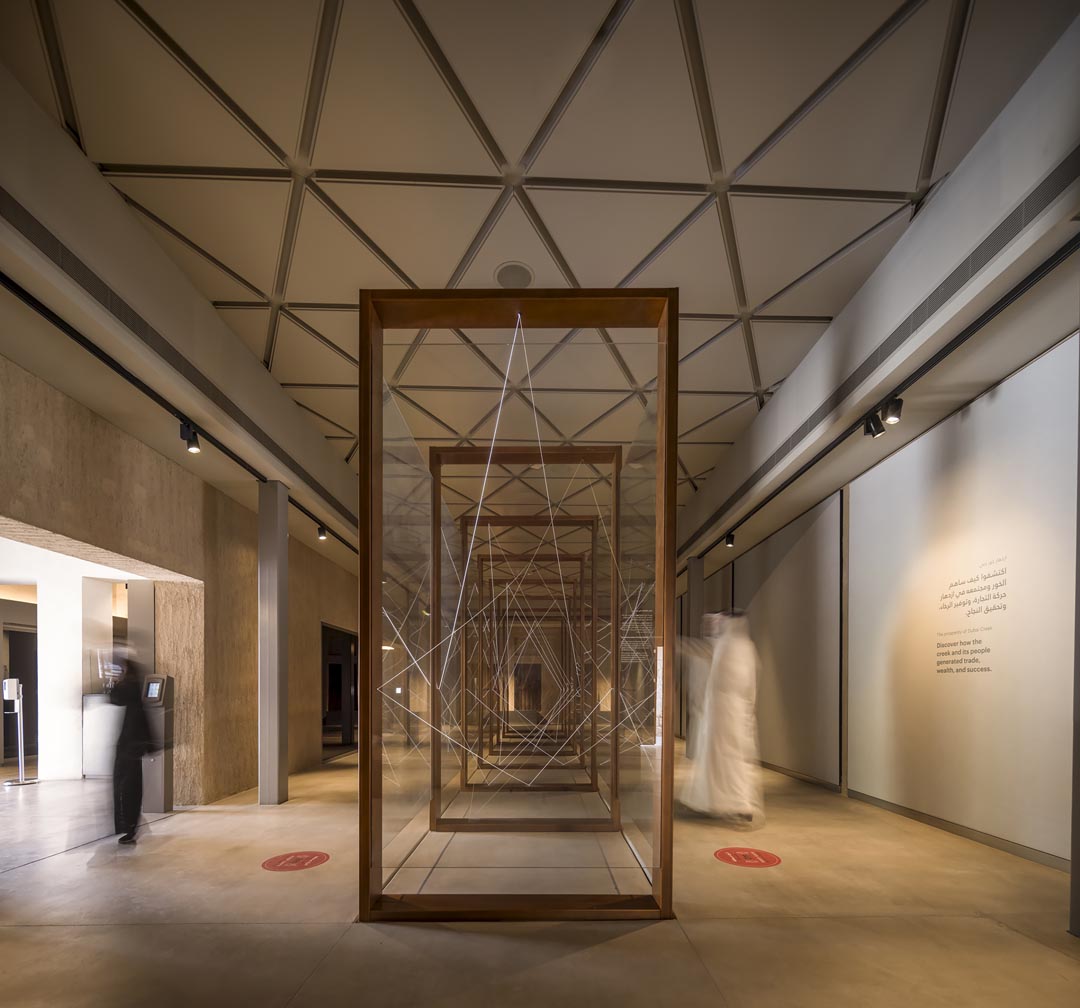
The Shindagha Expo 2020 Welcome Pavilion is a newly built structure that acts as a meeting point and information centre for visitors to Dubai’s Historic District. The building is set between traditional mud houses and is designed as an open ‘plaza’ with a teakwood roof. The flexibility of its shifting walls – which are made of glass window panels – allows for the space to either be contained or to flow outdoors.

The Story of the Creek Museum, on the other hand, is a renovation of an existing building and serves as an introduction to the history of Dubai, telling the story of the city’s growth and development over the years.
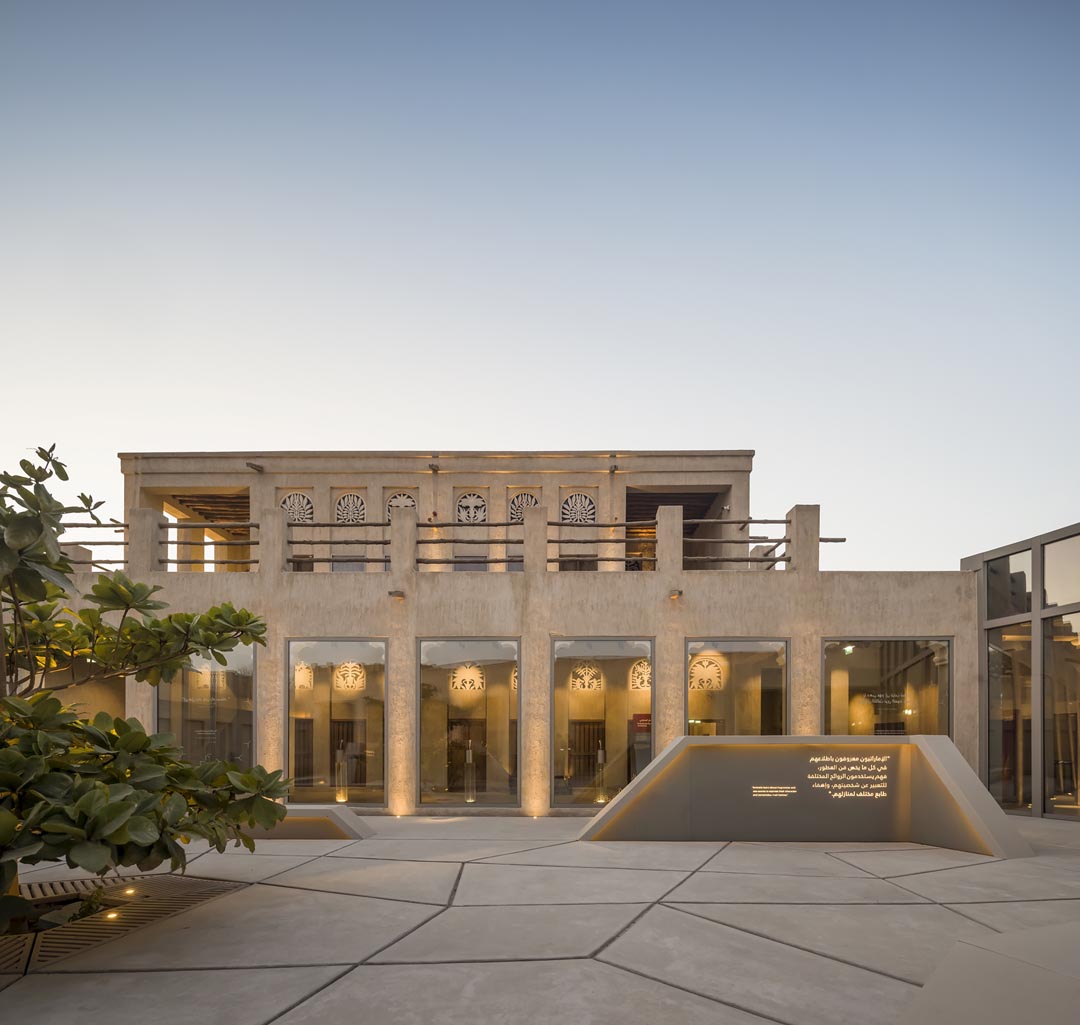
“The Story of the Creek Museum is situated in a historic house which we wanted to honour and enhance. It includes an exhibition that gives an overview of Dubai’s history, society, and [the] leadership of the Al Maktoum Family,” the architects add. The museum also sheds light on the importance of Dubai Creek and its role as a generator of trade, wealth and success for the emirate.
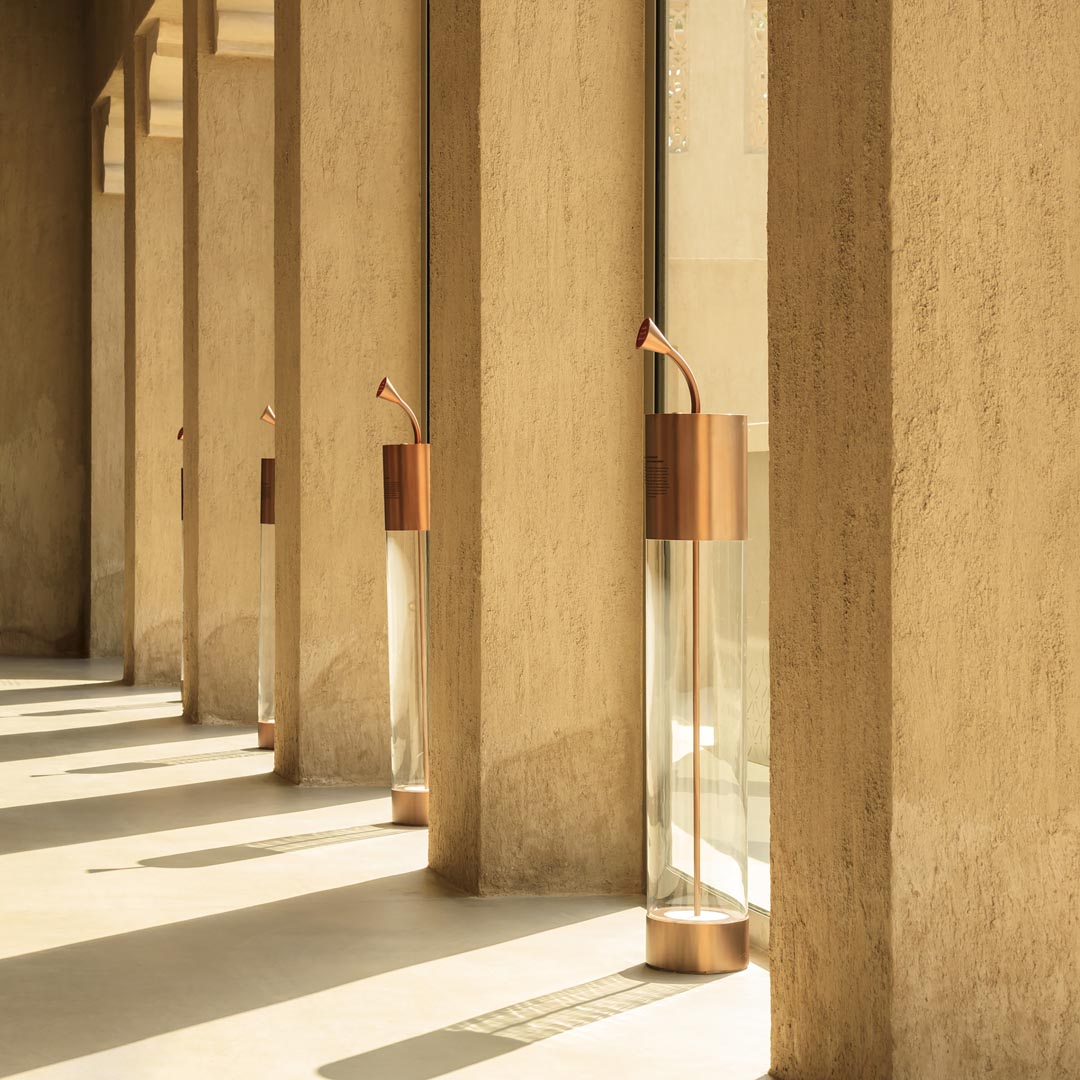
The building features materials such as wooden doors and windows (which have been preserved) and a newly designed perforated steel and glass roof structure – elements that one will also find in the design of the Perfume House.

Historically, the Perfume House was the residence of Sheikha Sheikha Bint Saeed Al Maktoum, renowned perfumer and aunt of H.H. Sheikh Mohammed bin Rashid Al Maktoum, current Emir of Dubai. Several of the items displayed in the Perfume House are from Sheikha Sheikha Bint Saeed Al Maktoum’s personal collection, the architects say.
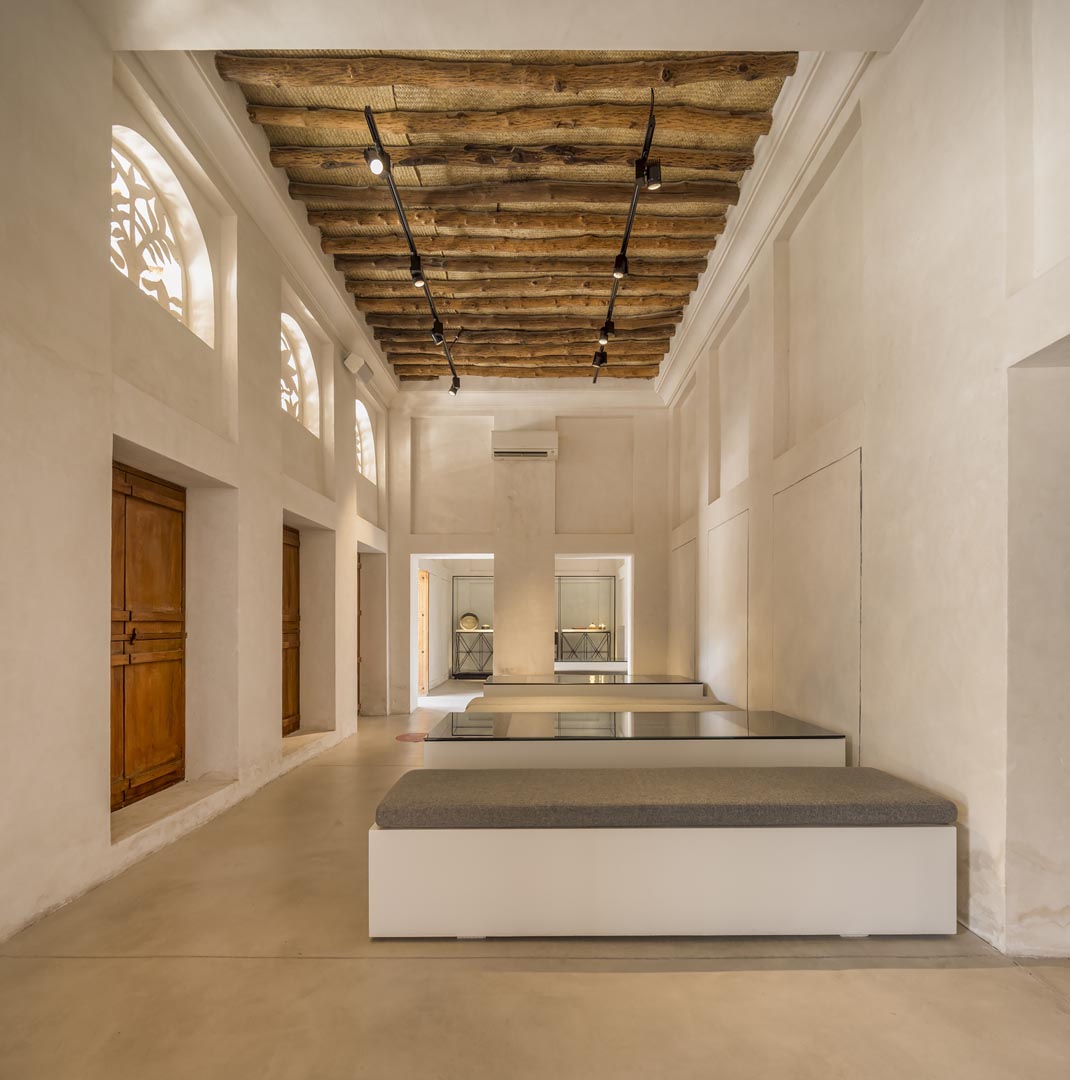
By exploring Emirati culture through scent and the heritage that stems from its fabrication and use, the Perfume House allows visitors to explore a variety of scents that are unique to Dubai via ‘perfume stations’, offering a distinct perspective into the intangible heritage of the city.
The Latest
Turkish furniture house BYKEPI opens its first flagship in Dubai
Located in the Art of Living, the new BYKEPI store adds to the brand's international expansion.
Yla launches Audace – where metal transforms into sculptural elegance
The UAE-based luxury furniture atelier reimagines the role of metal in interior design through its inaugural collection.
Step inside Al Huzaifa Design Studio’s latest project
The studio has announced the completion of a bespoke holiday villa project in Fujairah.
Soulful Sanctuary
We take you inside a British design duo’s Tulum vacation home
A Sculptural Ode to the Sea
Designed by Killa Design, this bold architectural statement captures the spirit of superyachts and sustainability, and the evolution of Dubai’s coastline
Elevate Your Reading Space
Assouline’s new objects and home fragrances collection are an ideal complement to your reading rituals
All Aboard
What it will be like aboard the world’s largest residential yacht, the ULYSSIA?
Inside The Charleston
A tribute to Galle Fort’s complex heritage, The Charleston blends Art Deco elegance with Sri Lankan artistry and Bawa-infused modernism
Design Take: Buddha Bar
We unveil the story behind the iconic design of the much-loved Buddha Bar in Grosvenor House.
A Layered Narrative
An Edwardian home in London becomes a serene gallery of culture, craft and contemporary design
A Brand Symphony
Kader Mithani, CEO of Casamia, and Gian Luca Gessi, CEO of Gessi, reflect on the partnership between the two brands
The Art of Wellness
Kintsugi in Abu Dhabi, situated in a seven-storey villa, offers the ultimate zen retreat
















